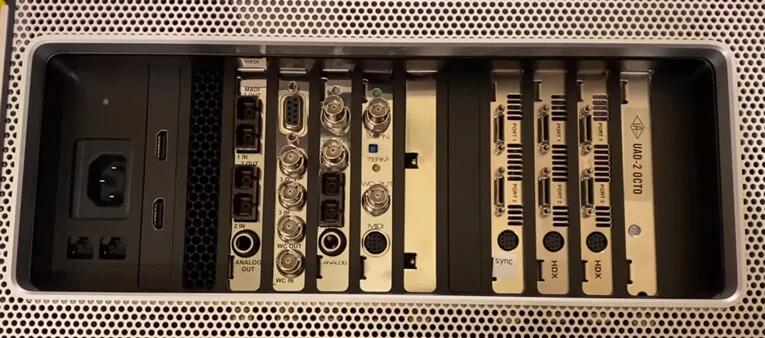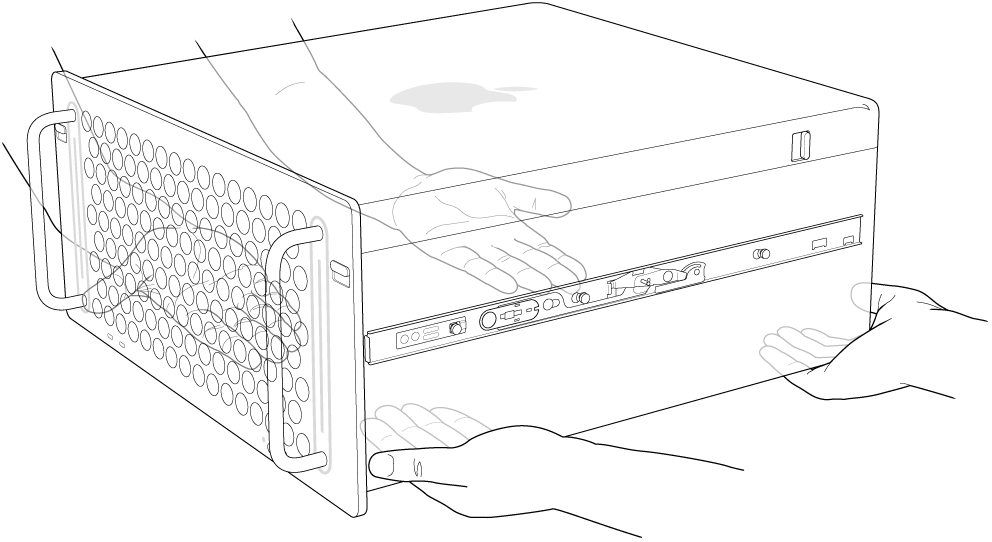
Because of my strong interest in immersive audio, those mixes are done in stereo (for the clients) and in immersive (for me and perhaps for future client delivery). Either way, they rarely involve more than 6-8 mics, but I do record at high sample rates (192K) so that’s the equivalent of maybe 32 disk channels at 44.1. I record classical music regularly, sometimes in formal sessions and sometimes live.

I certainly want to continue supporting iZotope over the foreseeable future, maybe by exploring some ideas with them and doing some testing. I built a company that some of you may know (Exponential Audio), which I sold to iZotope in late 2018.

So here’s where I tell you about what I plan to do over the coming years. That’s long gone, replaced by virtual instruments that sound much much better-and use much, much more memory and CPU. One of the exciting things about moving into semi-retirement is that I can dust off those skills and combine them with what I’ve learned since.Ī former incarnation of my studio had multiple Kurzweil and Roland synths, external FX boxes, reel-to-reel, DAT, etc. I had some success as a composer in years past, but that fell by the wayside as my tech career ramped up. I also had a lot of experience in early computer music and spent a couple of years in the old MIT computer music studio (pre Media Lab). One of the things that is not so well known about me-at least in this world-is that I was trained as a classical composer (of the non-tonal variety). So I kept putting some money into my little fund. It seemed Apple’s apologies regarding the Trashcan were sincere. By the summer of 2018, we finally had a picture of what was coming. It seemed that every time I touched the Trashcan a cable would fall out.Īt that point, none of us knew what the new computer would be, but I started a fund to buy one, just in case. And I must admit to some irritation with aspects of the industrial design. The amount of space taken up by external drives and adapters was easily larger than the footprint of my old 2009 Cheesegrater. There was the rat’s nest of cables going to my dual monitors, along with various Thunderbolt and USB devices. I’d been well-supported by my Trashcan since early 2014, but I was beginning to feel its limitations.

The first announcement about the new Mac Pro came in 2017. The New Mac Pro 7,1 - Is It What I Am Looking For? In this article, I demonstrate the power available in the new Mac Pro 7,1 compared to a Mac Pro 6,1 Trashcan with the same Pro Tools session. To get a much more accurate display of this, you need to turn to the tools available in your operating system, whether macOS or Windows. Interestingly, both the “standard” and “nano-texture glass” Pro Display XDR models are currently backordered, with delivery dates starting the week after the rack-mounted Mac Pros.As a precursor to this article, I demonstrated that the Pro Tools System Usage meter, although very pretty, doesn’t display what is actually happening with the load across the CPUs in a computer. Users can choose to add accessories ranging from the Magic Trackpad 2 to the Pro Display XDR for $50 to $5,999 premiums, depending on their needs. delivery dates ranging between February 6 and 13, which is to say roughly a month and a half after the tower-styled Mac Pros began arriving for U.S.

Additionally, Apple now lists single and double Radeon Pro W5700X GPUs as “coming soon” options at unspecified price points.īase and fully customized models currently show U.S. The 8TB SSD option was added after the Mac Pro tower’s announcement, further goosing the model’s top price.
#Apple mac pro rack mount upgrade
While the base model continues to ship with a 3.5GHz 8-core Intel Xeon W processor, 32GB of RAM, a Radeon Pro 580X, and 256GB of SSD storage, users can choose to upgrade to a 2.5GHz 28-core CPU, 1.5TB of RAM, twin Radeon Pro Vega II Duo memory cards, 8TB of SSD storage, and an Apple Afterburner video rendering accelerator.


 0 kommentar(er)
0 kommentar(er)
